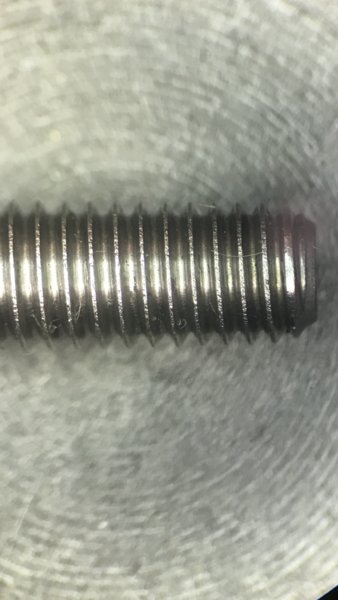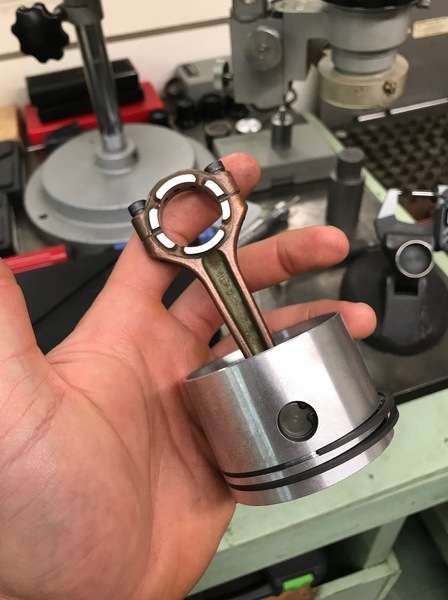Evan LaCava
Cast Iron
- Joined
- Jun 25, 2013
- Location
- NYC
I have a job coming up (I think) where I'll be making some #10-32 mini rod bolts out of h11.
Any tips?? What's the deal with coolant and this stuff...I've read you have to be careful touching the bolts. But is that during manufacturing or only after heat treat?
My plan is to machine, then have the threads rolled. Already spoke to thread rollers. Then heat treat to 260ksi, and cadmium plate.
I've read it's pretty stable during heat treat, so I don't think they'll move too much (esp with this part's geometry. It's .988 OAL, .790 under the head)
The turning is easy, I have some pilot drilling and a 5/32" hex to broach in the rear. Was going to use polygon solutions rotary broach and their coated bits. Hex is only .100 deep so I was told by polygon to make sure I tell them that and they'll stub the bit for me.
I was planning roughly 100 bolts per drill / broach bit but I really have no idea. I'd rather figure low and be pleasantly surprised
Thanks guys!
Machine is a Mori SL-1a
Any tips?? What's the deal with coolant and this stuff...I've read you have to be careful touching the bolts. But is that during manufacturing or only after heat treat?
My plan is to machine, then have the threads rolled. Already spoke to thread rollers. Then heat treat to 260ksi, and cadmium plate.
I've read it's pretty stable during heat treat, so I don't think they'll move too much (esp with this part's geometry. It's .988 OAL, .790 under the head)
The turning is easy, I have some pilot drilling and a 5/32" hex to broach in the rear. Was going to use polygon solutions rotary broach and their coated bits. Hex is only .100 deep so I was told by polygon to make sure I tell them that and they'll stub the bit for me.
I was planning roughly 100 bolts per drill / broach bit but I really have no idea. I'd rather figure low and be pleasantly surprised
Thanks guys!
Machine is a Mori SL-1a






